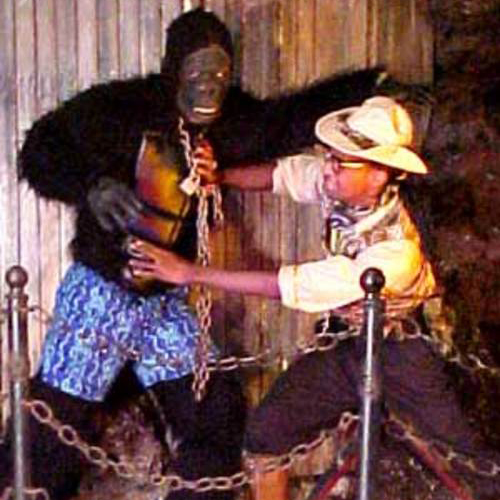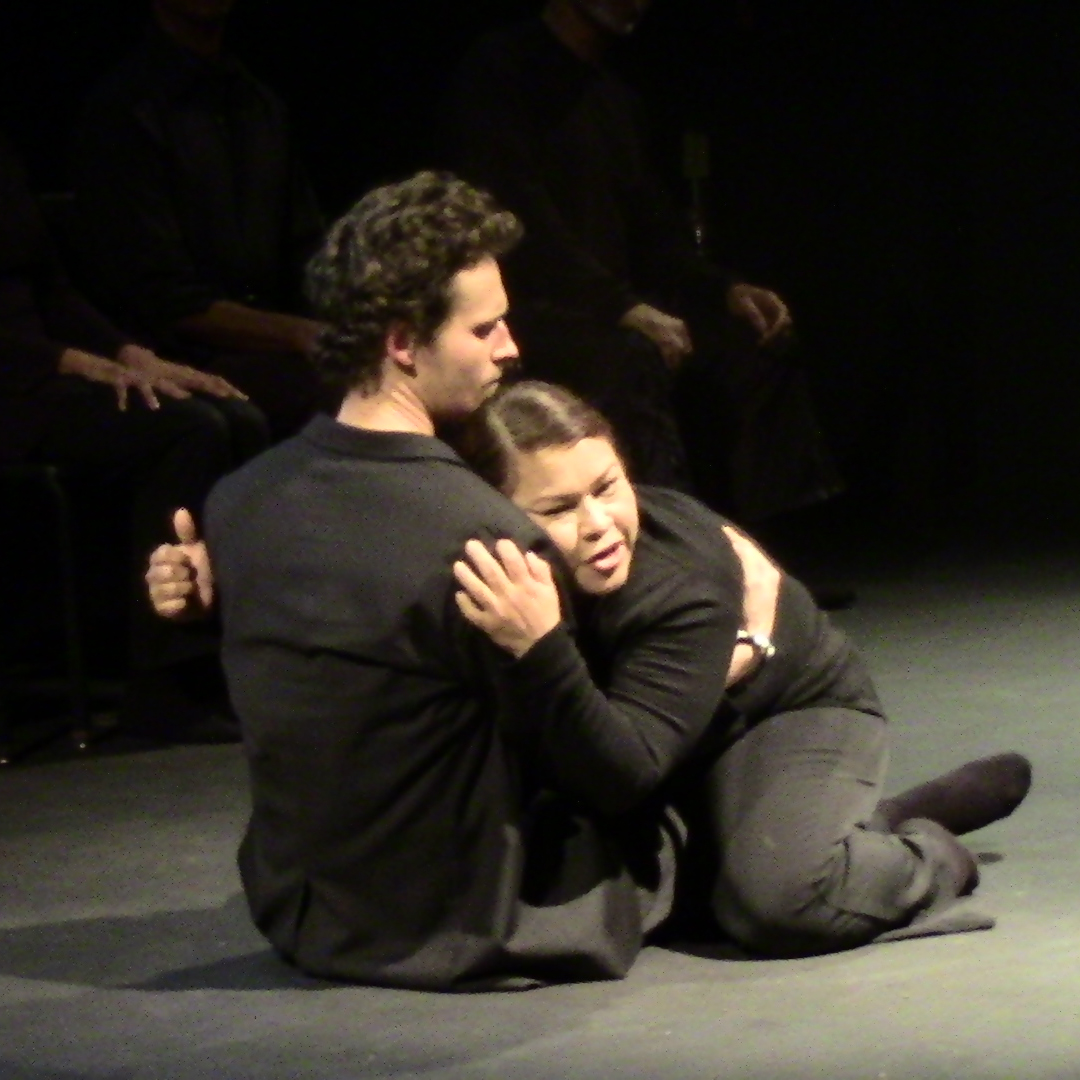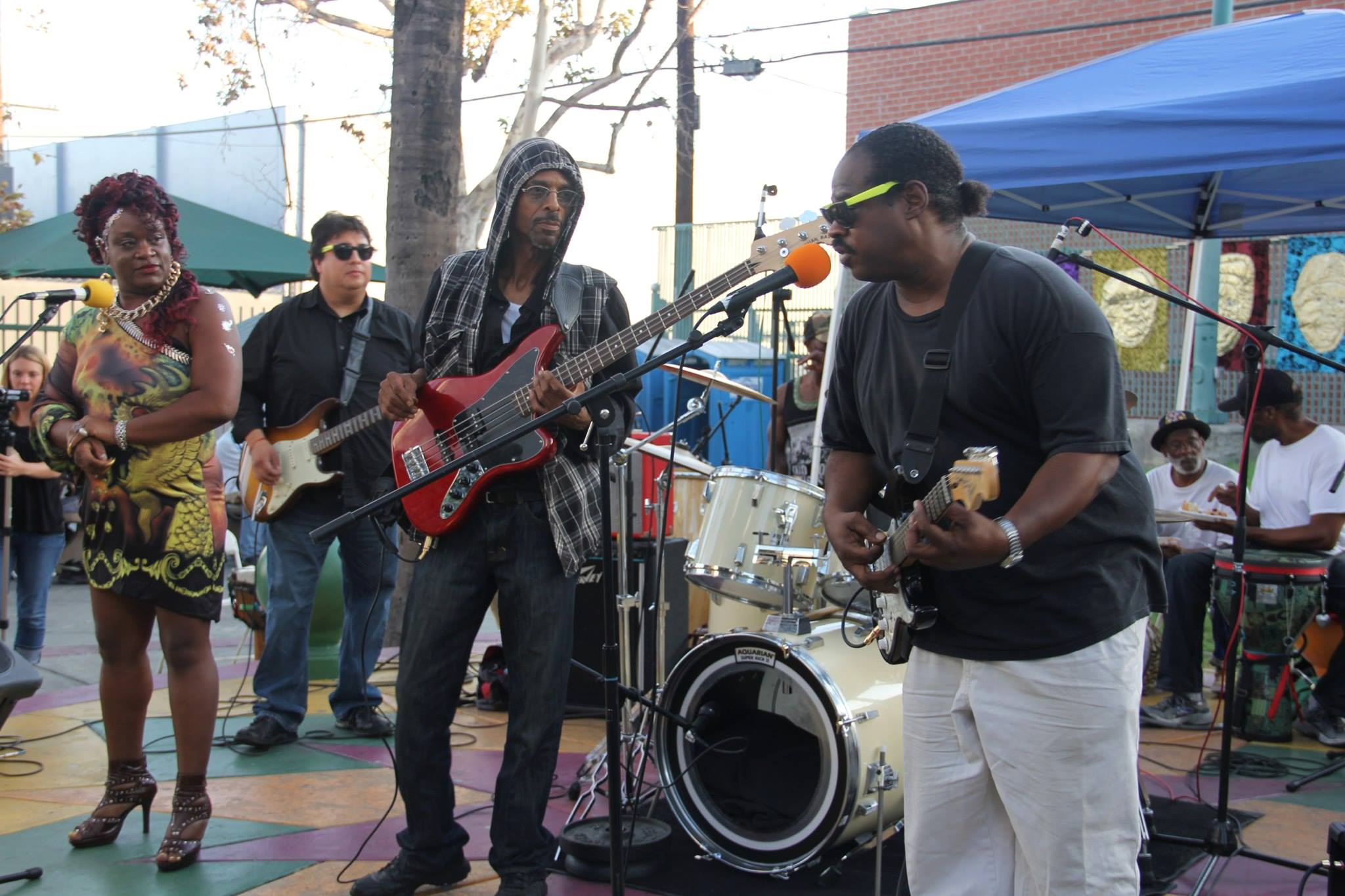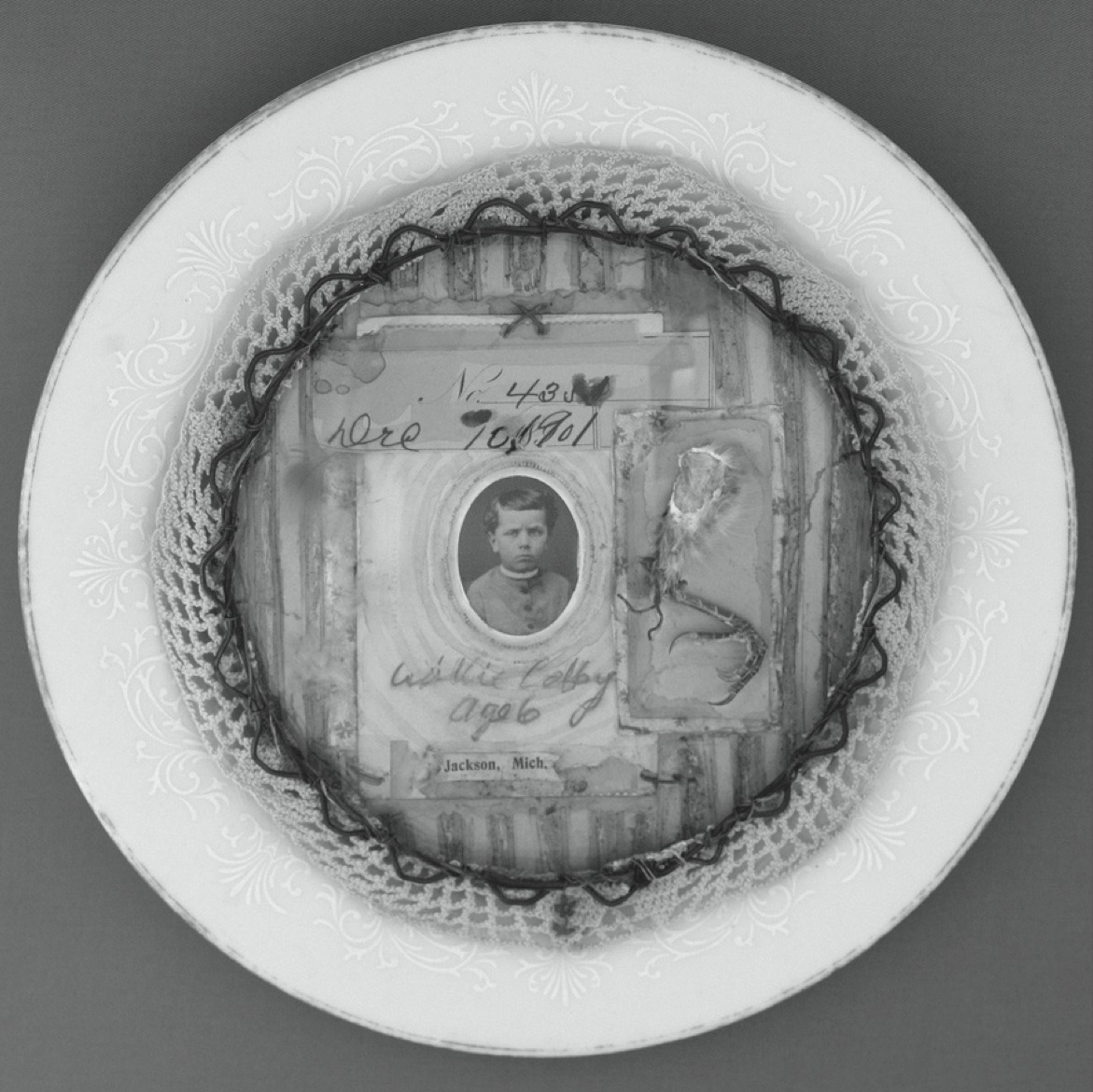 This is a creative non-fiction piece written for a writing workshop at USC
This is a creative non-fiction piece written for a writing workshop at USC
By Danielle Charbonneau
It’s glorified in an episode of South Park, featured in tourist handbooks as one of the nation’s top-ten roadside attractions and is anticipated by hundreds of elementary schoolers as the best field trip of the year. It looks like a holy monument, with a two-story bell tower and double-mahogany door entrance befitting of a castle. What is this sought-after destination? It’s Casa Bonita: a Mexican restaurant, that has had a presence in Denver for three decades.
Yet, like most billboard roadside attractions, Casa Bonita is more of an absurd joke than crowned jewel. It is a colossus building, plastered in pink stucco, designed to look like a Mexican palace. However, it is located in the corner of a strip mall on the far west end of Colfax Ave. (a street known for its various sections of prostitutes and addicts). It is few shops down from the 99-cent-mart, and a few more from an Arc thrift store. The large parking lot is pieces of cracked cement and would look abandoned if it weren’t for the school busses that park there, waiting for eager field-trippers to return.
Outside Casa Bonita is a grand-tiered cement fountain. I have never seen it pump water, but it maintains a steady level of stagnant pool in its base, littered with lucky pennies and disintegrating cigarette butts.
Upon entering Casa Bonita, your eyes must immediately widen to see anything: the environment inside is about five shades darker than outside. It feels much like retreating into the lair of a dingy, dive bar on a sunny day. The lanterns inside have that eerie, orange glow like you would expect to find in a back alley behind a dilapidated city slum. The ground is layered with dark brown and burnt-sienna tiles with about eight layers of gloss. The lighting bounces off the gloss, oozing its hue throughout the space.
In the front entrance, each party must check in with the host, who sits inside a ticket booth that’s built into the stucco wall like a jail cell. After checking in, guests proceed to the food line. Casa Bonita seems to have taken design lessons from Disney Land’s Pirates of the Caribbean ride: the line snakes back and forth with wooden hand rails, frayed rope blocks off various sections of the line, and small 1990’s television sets with built-in VCRs are mounted on the tiled walls. They’re showing a cheesy video about the Casa Bonita experience and warning guests not to feed the gorilla (more on that later).
Snaking through the line is much akin to a cafeteria: when you get to the front, you’re handed a plastic tray. You slide your tray down metal bars past various kitchen concession windows — There’s one for combo plates, one for taco salads and queso, one for kids meals and burgers. You order your drinks once you hit the cash register. There’s sodas and margaritas, the kind made with fluorescent neon mixer and watered down Suave.
The food is horrendous. Inside the “cheese” enchiladas is a mucus-thick Velveeta sauce the color of Cheez Whiz. The “tortilla” has an unexplainable slick, rubber consistency — like what you would expect in a 6-year-old’s playhouse pantry. The dried out Spanish rice is served out of summer-camp-size cafeteria pots, as are the refried beans, which are broiled with grated cheddar — the melted cheese leaves a translucent orange pool of oil on top. The red enchilada sauce is poured from an aluminum can (maybe Olé) and the taco shells are the dry, pre-folded and boxed kind. Iceburg lettuce, a few soggy, diced romas and Taco-Bell-style ground beef complete the crunchy envelopes.
After getting your food, you walk, tray-in-hands, through a metal turnstile like cattle, take a left and herd up a wide ramp to the main dining area. At the top of the ramp, the dining room opens up like a stadium. The tables are set on cascading levels. In the valley of the dining area is a blue-green pool surrounded by fake palm trees and greenery. A waterfall pours down into the center from about three stories up. In front of the falls is a wooden foot bridge lit by tiki torches. It’s connected on either side to two plateaus where cliff divers and actors will later be spotlighted.
Chairs and booths are made of forest-green vinyl, artificial rocks separate the table areas and the whole dining room has bowling-alley-worthy carpet. The special tables either have unfinished wood trellises weaved with plastic vines, or are built into little faux caves with fake candle-lit lanterns. The whole scene feels like a cheap rip off of an Indiana Jones set.
Complimentary tortilla chips are delivered to the table, which are served extra salty with water-thin salsa that can’t quite seem to coat the chips no matter how long you leave them submerged. Most people leave the majority of their food on the plate, which then must be vigorously slammed on the sides of the waste basket or scrapped off with the flat side of a butcher knife by the bussers because the beans glue everything to the plate.
Thank God for complimentary, bottomless Sopapillas or the crowd could go raving hungry. The Sopapillas seem tremendously delicious when served, but in retrospect are probably just a welcomed escape from the main course. The fried dough triangles come served in red plastic mesh baskets on wax paper, still drenched in canola oil, but they’re hot and bubbly. Squeeze-bottles of honey and cinnamon-sugar shakers are on every table, which feels somehow festive.
To get the attention of a server, Casa Bonita equips each table with a vinyl flag and a pole. When you need something, you just put the flag up. Clever.
Clearly no one comes to Casa Bonita for the food or service though — they come for the experience. Throughout the meal, announcements echo over the loud speaker: “The next, spectacular, amazing, dangerous, death-defying performance will begin in 15 minutes.” When the show does start, the lights around the pool flicker like lighting and a high pitched scream is heard from the foot bridge.
A girl is being chased by a gorilla. Only this gorilla is as skinny as a junkie: his gorilla head wobbles over his shoulders and he’s wearing Hawaiian-print boxers over his matted fur. He beats his chest, but his enthusiasm registers at about the level of a 90-year-old woman eating jello. He lets out a measly, pre-rehearsed roar. He’s clearly jaded. He reminds me of Will Ferrell’s character in Blades of Glory when Ferrell vomits in his wizard outfit at a kids ice-skating performance.
The actress is no better — she seems stuck in the 80s, has teased bangs, hair back in a Scrunchie, and is wearing a hot pink, push-up bikini. Both actors seem severely washed up, as if enslaved by Casa Bonita and living chained in one of the faux caves.
A high-school-aged cliff diver saves the day by wrestling the boxer-wearing gorilla before diving three stories into the pool. He is supposedly the hunky hero, yet in reality is scrawny, pale white and wearing a Speedo.
After the show’s over, kids and adults alike head to the arcades. The arcade games feel spooky — like they might come alive after dark. There’s a creepy mechanical clown that dispenses easter eggs filled with stick-on-tatoos, and a fortune teller box (like the one Tom Hanks visits in the movie Big).
In between the arcade and cotton candy machine, stands Bart’s Haunted Cave: It’s a mini-mountain made of globs of stucco. An ominous sign marked “Danger” hangs haphazardly above an entrance into the side of the mound. Inside things pop out to startle you and glowing red eyes appear on the walls. I can only imagine what this place would be like on shrooms.
Why, in the world, Casa Bonita is considered a valuable locale for elementary school field trips is beyond me. Nor will I ever understand why Casa Bonita is consistently labeled as “wholesome family fun.” Yet I can tell you that I fully enjoy its absurdity. Where else can you watch cliff-divers, see a gorilla wearing boxers, and eat unlimited Sopapillas?






